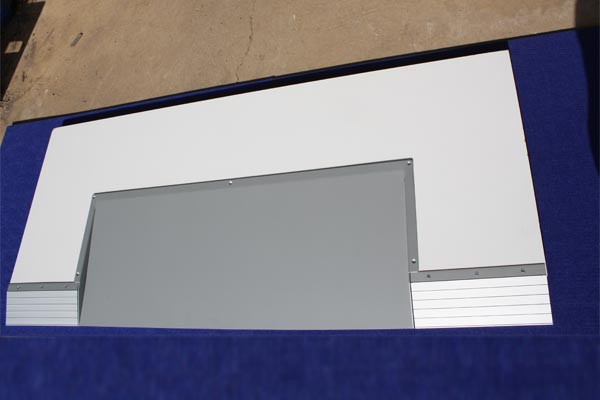
Ensure inclusivity at your trade shows with disabled access ramp. Discover the key considerations to create a welcoming environment for all attendees.
Disabled access ramp is essential for ensuring that trade shows are accessible and inclusive for all attendees, including those with mobility challenges. Organisations can create a welcoming environment where everyone can fully participate and engage by incorporating well-designed ramps. This commitment to accessibility enhances the attendee experience and reflects positively on the event and its organisers.
Inclusivity is a fundamental aspect of any public or private event. Trade shows often draw large crowds, including individuals with varying physical abilities. With a well-designed disabled access ramp that ensures that everyone, regardless of physical ability, can enjoy and participate fully in the trade show. This not only meets legal requirements but also enhances the reputation of the event organisers and exhibitors by demonstrating a commitment to accessibility and inclusion. Here’s how it contributes to inclusivity:
1. Equal Access to Exhibits: Ramps allow individuals using wheelchairs, walkers, or other mobility aids to easily navigate the trade show space. Attendees with mobility impairments can access all areas of the event, ensuring they can fully participate in and enjoy the exhibits and presentations.
2. Compliance with Legal Requirements: Providing ramps ensures compliance with local accessibility laws and standards. Proper accessibility features, including ramps, help event organisers avoid potential legal disputes related to discrimination or non-compliance.
3. Promoting an Inclusive Environment: An inclusive setup reflects positively on the event organisers and exhibitors, showing a commitment to diversity and inclusion. Making the event accessible to everyone, including people with disabilities, expands the potential audience, encouraging a more diverse group of attendees.
4. Fostering a Sense of Belonging: By providing ramps, organisers create a welcoming environment that signals to all attendees that their needs have been considered and accommodated. When attendees feel that their needs are met, they are more likely to engage fully with the event, resulting in a richer and more fulfilling experience for everyone.
Implementing accessible ramps is a fundamental aspect of this, as they provide vital access for individuals using wheelchairs, walkers, or other mobility aids. To create an inclusive environment, follow these best practices for ramp implementation:
• Ensure ramps are properly designed and installed: Ramps should have a gentle slope, be wide enough to accommodate mobility devices and have handrails for added safety and stability.
• Provide ramps at all necessary locations: Ramps should be available at any elevated areas, such as stages, platforms, or raised exhibit counters, to ensure that all attendees can access these spaces.
• Maintain clear pathways: Ensure that the areas around ramps are free from obstructions and that there is enough space for maneuvering and turning.
• Train staff on accessibility: Event staff should be knowledgeable about the location and use of ramps, as well as other accessibility features, and be prepared to assist attendees who need help navigating the space.
Exhibition Supplies has been at the forefront of the exhibition and trade show industry for many years, and our commitment to inclusivity is reflected in our innovative products, including our high-quality disabled access ramps. These ramps are designed to be quick and easy to install, saving time and hassle on-site, making them the perfect choice for trade shows and other events.
Optimized by: Netwizard SEO